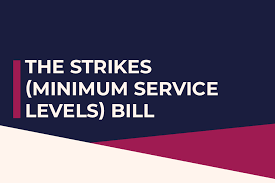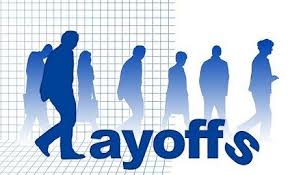The Family and Medical Leave Act (FMLA) & Employees' Legal Rights under Employment Law
The Family and Medical Leave Act (FMLA) & Employees' Legal Rights
What is the FMLA?
The Family and Medical Leave Act (FMLA) is a federal law enacted in 1993 that provides eligible employees with up to 12 weeks of unpaid, job-protected leave per 12-month period for certain family and medical reasons.
Purpose of FMLA
To help employees balance work and family responsibilities by allowing them to take reasonable leave for:
Personal or family illness
Family military leave
Pregnancy, childbirth, and adoption
Care for a seriously ill family member
Who is Covered?
Employers:
Private-sector employers with 50 or more employees within 75 miles.
Public agencies (including local, state, and federal government employers).
Public and private elementary and secondary schools.
Employees:
Must have worked for the employer for at least 12 months (not necessarily consecutive).
Must have worked at least 1,250 hours during the 12 months before leave.
Must work at a location with 50 or more employees within 75 miles.
Reasons for Taking FMLA Leave
Birth of a child and to care for the newborn within one year of birth.
Placement of a child for adoption or foster care and to care for the newly placed child within one year of placement.
To care for a spouse, child, or parent with a serious health condition.
When the employee is unable to work due to their own serious health condition.
For qualifying exigencies related to a family member’s military service.
Up to 26 weeks of leave to care for a covered service member with a serious injury or illness (military caregiver leave).
Employee Rights Under FMLA
Job Protection: Employees must be reinstated to the same or an equivalent position after FMLA leave.
Maintenance of Health Benefits: Employer must continue group health insurance coverage during the leave under the same terms as if the employee were working.
Right to Return to Work: Employees have the right to return to their previous job or an equivalent job with the same pay, benefits, and working conditions.
Notice Requirements: Employees must provide 30 days’ notice if the leave is foreseeable. Employers must inform employees of their FMLA rights.
Employer Obligations
Post notices informing employees of their FMLA rights.
Designate leave as FMLA-qualifying when appropriate and notify employees.
Maintain accurate records of leave.
Continue health benefits during leave.
Reinstate employees promptly after leave.
What Qualifies as a Serious Health Condition?
Illness, injury, impairment, or physical or mental condition involving inpatient care or continuing treatment by a healthcare provider.
Chronic conditions requiring periodic visits or treatment.
Conditions causing incapacity for more than three consecutive days plus treatment.
Enforcement and Remedies
Employees can file complaints with the U.S. Department of Labor (DOL) or file lawsuits in federal court for FMLA violations.
Remedies may include reinstatement, back pay, promotion, damages, and attorneys’ fees.
Summary
The FMLA provides important protections allowing eligible employees to take unpaid, job-protected leave for family and medical reasons without fear of losing their jobs or health benefits. Both employees and employers must understand the rights and responsibilities under the Act to ensure compliance.









0 comments